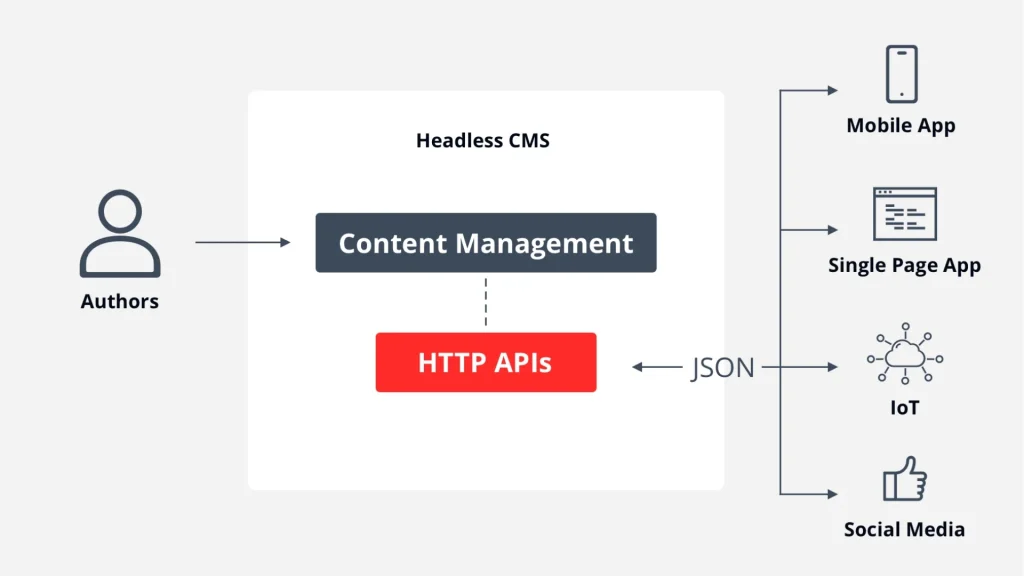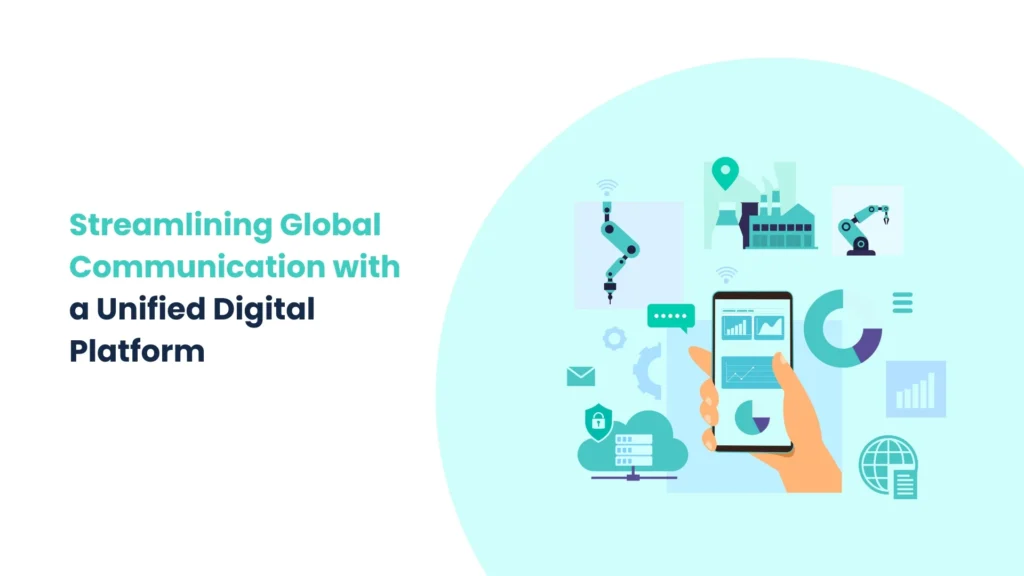Introduction
In today’s fast-paced digital world, having a flexible and adaptable system for managing content is crucial. That’s where Liferay comes in – a powerful tool for managing content that has embraced the idea of a headless CMS. In this blog post, we’ll dive into what makes Liferay as a headless CMS special and why it’s gaining attention in the constantly changing world of digital content management. We’ll also look at how using Liferay can enhance your digital experience.

Liferay’s Evolution into a Headless CMS:
Liferay has come a long way from being just a platform for building and managing web applications. In the past, it was known for its expertise in creating complex web applications. But as technology and the way we use the internet changed, Liferay evolved too. It realized that there was a growing demand for a more adaptable way of delivering content, and that’s when it embraced the concept of a headless CMS.
Key Features of Liferay as a Headless CMS:
1)Content Modeling and Structure:
Liferay’s headless CMS allows you to define content structures using its intuitive content modeling capabilities. This flexibility enables you to create and manage content in a way that aligns with your specific business requirements.
2)API-First Approach:
Liferay’s headless CMS adopts an API-first architecture, providing RESTful APIs to fetch and deliver content. This empowers developers to integrate content seamlessly into various applications, websites, and devices.
3)Content Versioning and Workflow:
Maintain control over your content with Liferay’s versioning and workflow features. Ensure that only approved and up-to-date content is published, meeting the highest standards of quality and compliance.
4)Multi-language Support:
For businesses operating on a global scale, Liferay’s headless CMS offers robust multilingual support. Easily manage and deliver content in multiple languages to cater to diverse audiences.
5)Personalization and Targeting:
Liferay’s personalization capabilities extend to its headless CMS, allowing you to tailor content based on user behavior, preferences, and demographics. Deliver a more personalized and engaging user experience across all channels.
Use Cases and Benefits:
1)Omnichannel Content Delivery:
Liferay’s headless CMS empowers businesses to deliver content seamlessly across websites, mobile apps, IoT devices, and more. This ensures a consistent and engaging user experience regardless of the channel.
2)Faster Time-to-Market:
With its flexible content modeling and API-first approach, Liferay enables developers to work efficiently, reducing development time and accelerating time-to-market for digital projects.
3)Scalability and Performance:
Liferay’s headless CMS can scale horizontally to handle growing content demands. Combined with its robust caching mechanisms, this ensures optimal performance even in high-traffic scenarios.
4)Integration Capabilities:
Liferay’s headless CMS seamlessly integrates with other systems and applications, allowing you to leverage your existing technology stack while enhancing overall functionality.
Conclusion:
In the ever-changing digital world, Liferay stands out as an innovative leader in the headless CMS field. Its flexible, API-driven way of managing content, along with its many features and scalability, makes Liferay the top choice for organizations looking to keep up with the future of digital experiences. When businesses use Liferay as a headless CMS, they open up new opportunities, easily share content across different platforms, and stay ahead in the fast-paced world of digital content management.


